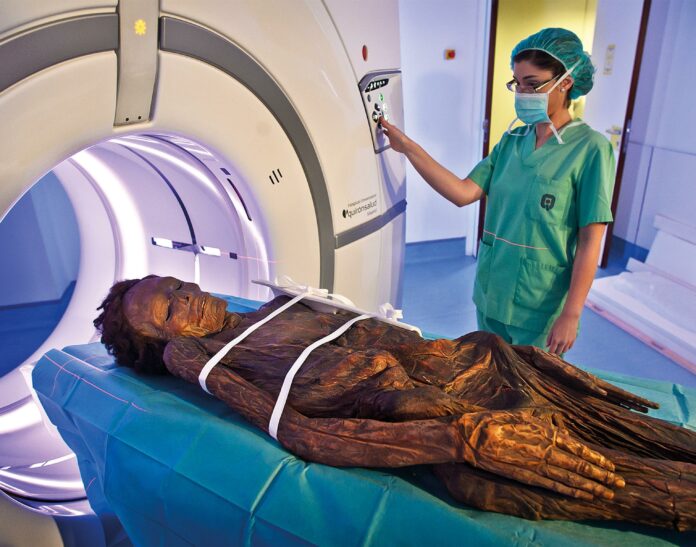In recent years, a groundbreaking collaboration between Spanish archaeologists and medical professionals has shed new light on ancient mummies through the use of advanced CT scanning technology. The National Archaeological Museum (MAN) in Madrid joined forces with the QuirónSalud hospital to conduct high-resolution scans on several Egyptian and Guanche mummies. These scans have yielded remarkable insights into the lives and identities of these preserved individuals from the distant past.
Unveiling Ancient Lives: CT Scans Illuminate Egyptian Mummies

The research team embarked on a journey to uncover the secrets held within the Egyptian mummies. Two mummies, donated to the MAN in 1887, were carefully examined. Through the high-resolution CT scans, it was determined that one of the mummies was a woman aged between 25 and 40 who had been pregnant at the time of her death. This discovery offers a unique glimpse into the personal lives of these ancient individuals.
Another Egyptian mummy, known as Nespamedu and donated in 1925, was found to be a male who served as a doctor to the pharaoh and a priest to the esteemed high priest Imhotep in the 27th century BC. The CT scans revealed intricate details about Nespamedu’s burial artifacts, including a diadem, necklace, bracelets, sandals, and amulets. These findings provide valuable insights into his social status and the roles he played in ancient Egyptian society.
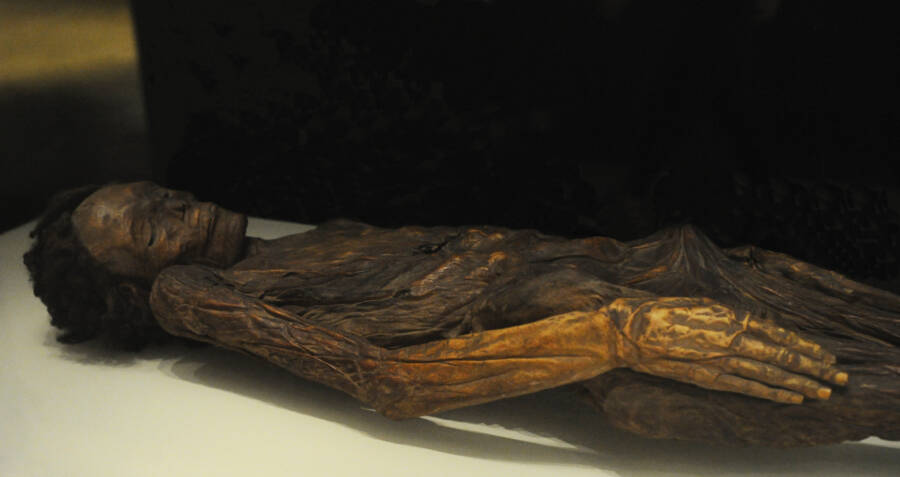
Unraveling the Guanche Mummy’s Story
In addition to their study of Egyptian mummies, the research team also directed their attention towards a Guanche mummy from the Canary Islands. This mummy provided a unique opportunity to explore a different mummification process and gain insights into the preservation and burial practices of the Guanche civilization.
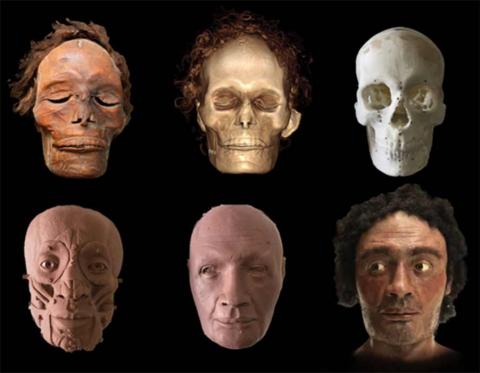
Unlike the Egyptians, the Guanches did not remove the internal organs or the brain during the mummification process. Instead, they preserved the entire body, offering a contrasting approach to the Egyptian methods. This difference in preservation techniques provided the researchers with a valuable comparative study.
Using CT scanning technology, the team conducted detailed scans of the Guanche mummy. The high-resolution images captured the intricate details of the mummy’s body and allowed for a thorough examination. From these scans, the researchers were able to create three-dimensional reconstructions, enabling them to analyze the mummy’s physical features and gain a deeper understanding of the preservation techniques employed by the Guanche civilization.

Revealing the Secrets
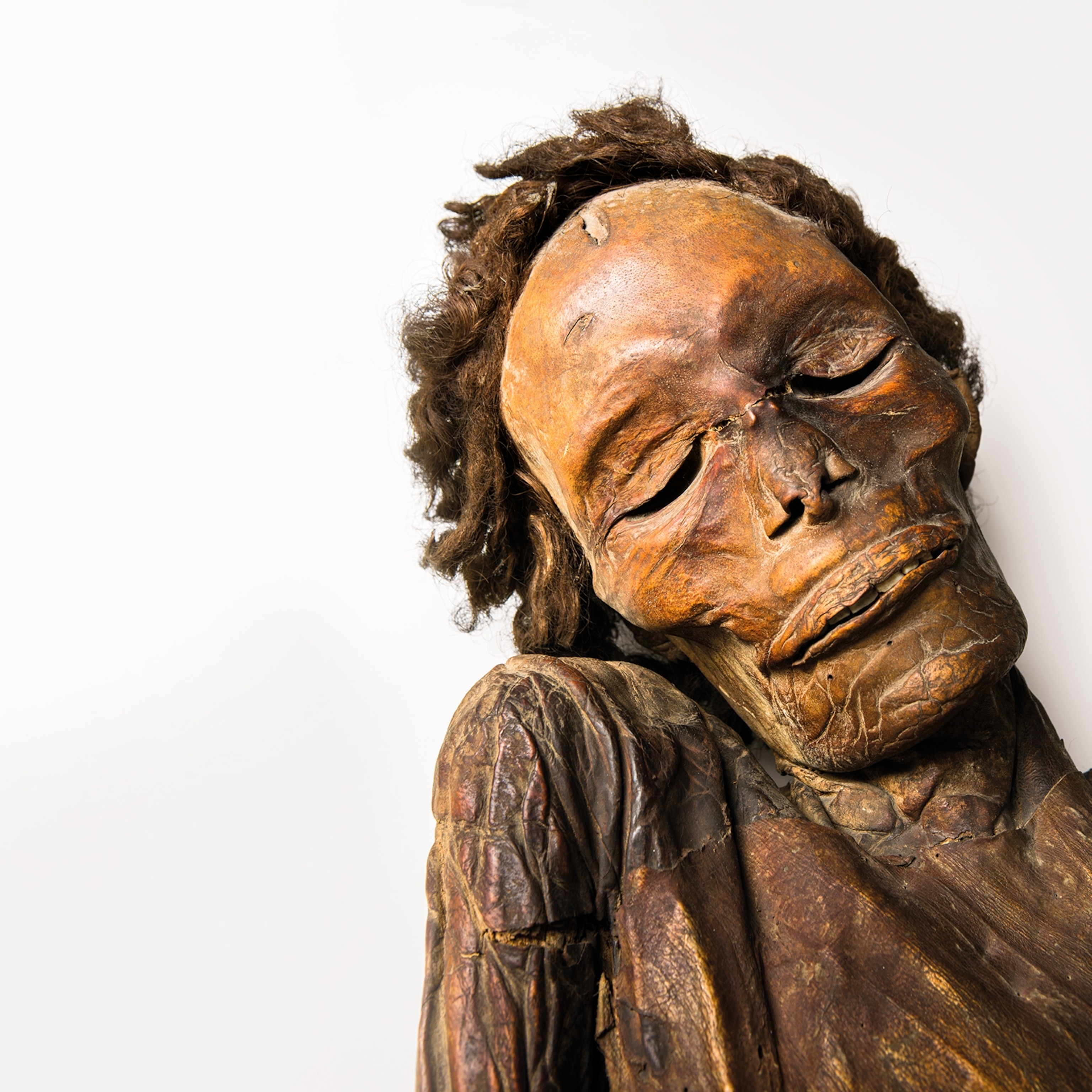
The CT scanning process offered further revelations about Nespamedu. Fragments of ligaments, tendons, muscles, and even the heart were found within the mummy, despite the removal of internal organs. These findings shed light on Nespamedu’s medical practices within the temple of Imhotep, where he treated pilgrims seeking healing and guidance.
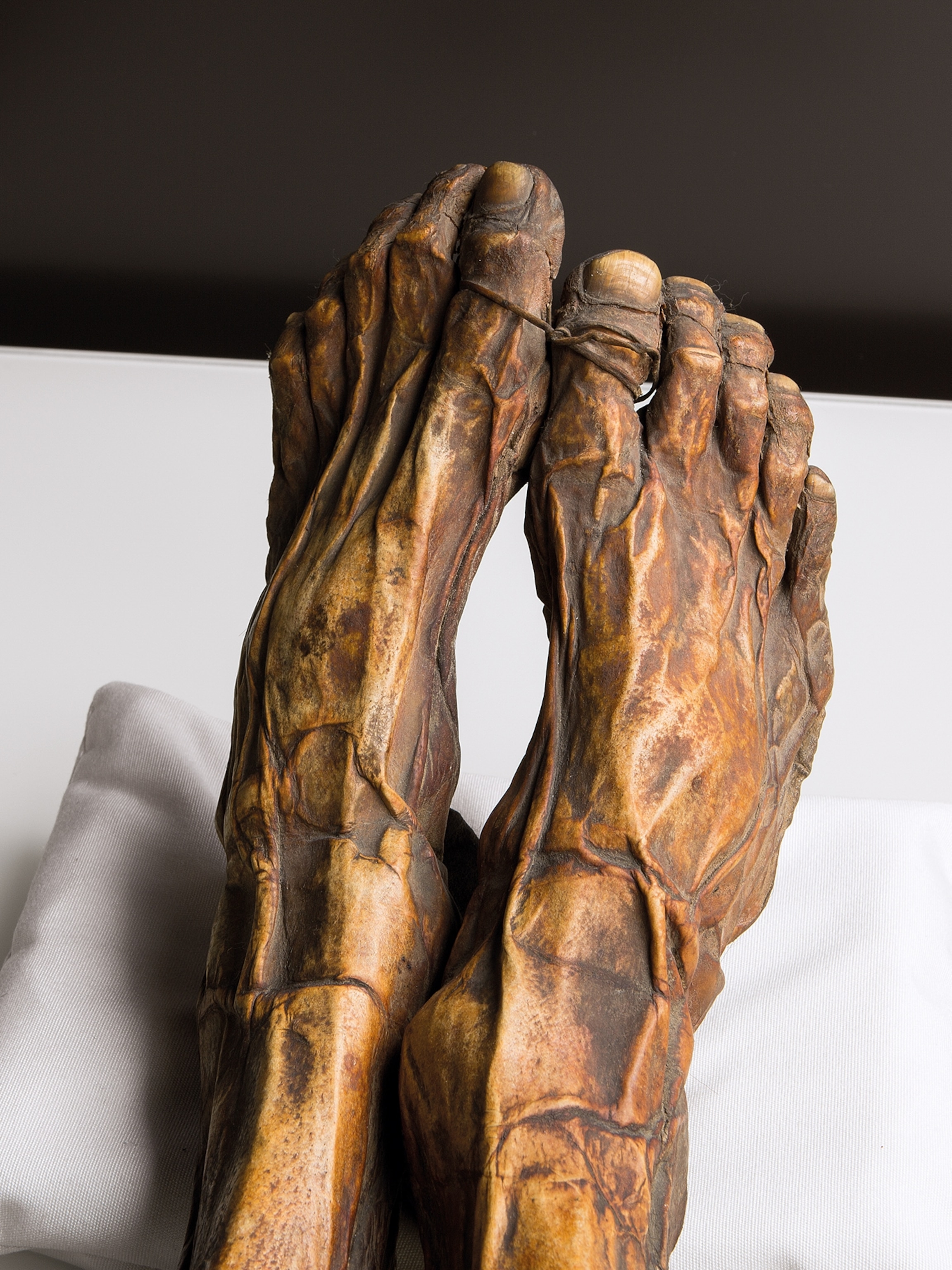
Moreover, the 3D reconstruction of Nespamedu’s face allowed a forensic sculptor to recreate his appearance, providing a glimpse into the physical features of this ancient physician-priest.
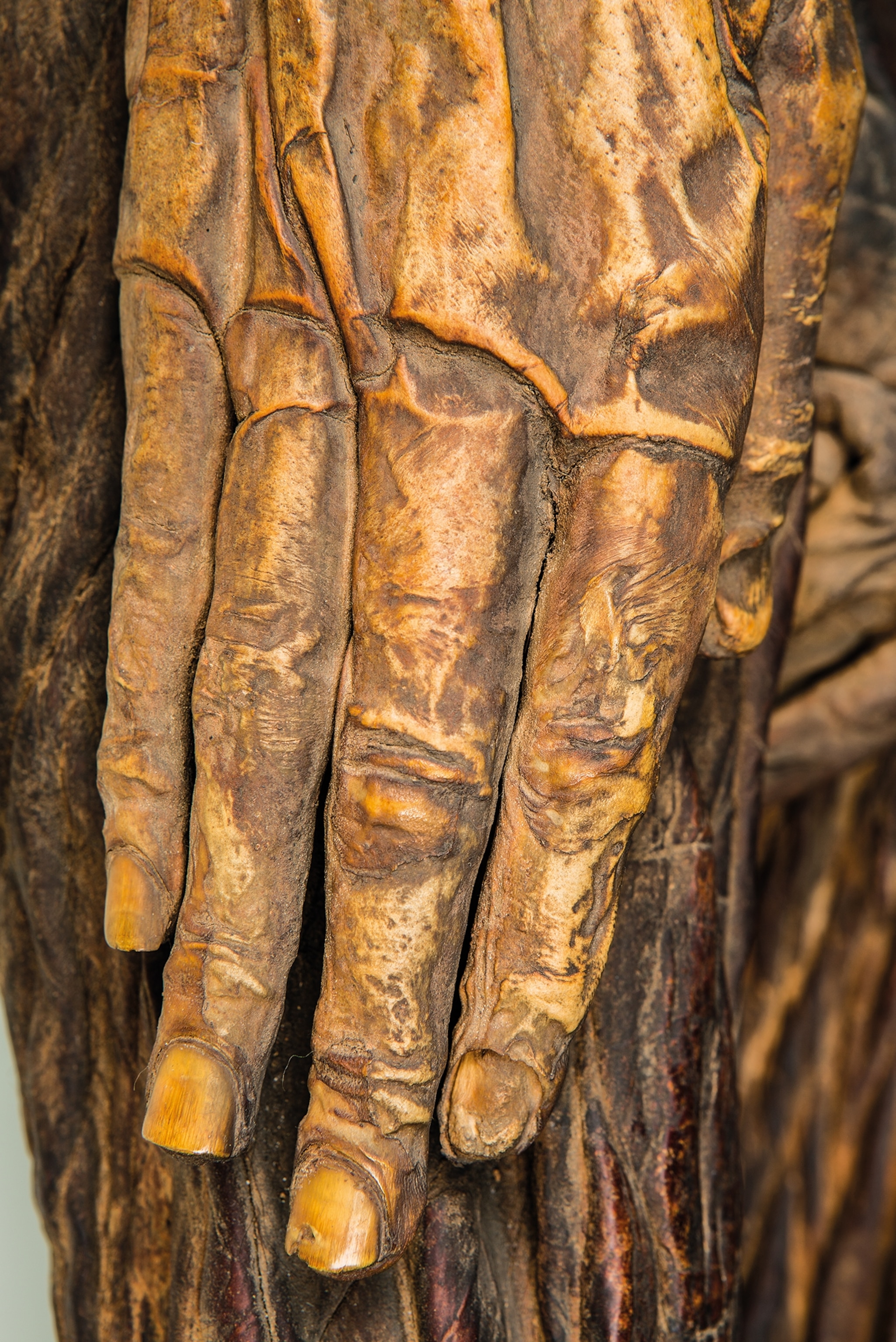
Insights into Guanche Mummy and Dental Health
The examination of the Guanche mummy, which dates back to the 11th to 13th century BC and was discovered in Tenerife, revealed fascinating contrasts with the Egyptian mummies. One notable difference was the remarkably well-preserved condition of the Guanche mummy’s teeth.
The Guanche mummy displayed a set of teeth that were remarkably intact and showed minimal signs of decay or dental disease. This finding is significant because it suggests differences in oral health practices and dietary habits between the Guanche civilization and ancient Egypt.

The condition of the teeth provides valuable insights into the Guanche diet and lifestyle. It indicates that the Guanches likely consumed a diet that was low in sugar and processed foods, as these factors are often associated with dental decay. Instead, their diet likely consisted of natural, unprocessed foods such as fruits, vegetables, and grains, contributing to better oral health.
The contrast with Egyptian mummies, which often exhibit extensive dental problems, suggests that the Guanche civilization had a different approach to oral hygiene and dental care. The Guanche mummies’ well-preserved teeth may indicate that they practiced effective oral hygiene methods, such as regular cleaning and potentially the use of natural remedies or plant-based products for dental care.
The collaboration between the National Archaeological Museum and the QuirónSalud hospital has yielded groundbreaking insights into the lives and identities of ancient Egyptian and Guanche mummies. Through the use of CT scanning technology, researchers have uncovered new details about their social status, occupations, and even their physical appearances. This project not only deepens our understanding of ancient civilizations but also highlights the power of modern technology in unraveling the mysteries of the past. By bridging the gap between the present and the past, these discoveries provide invaluable contributions to our knowledge of human history.
